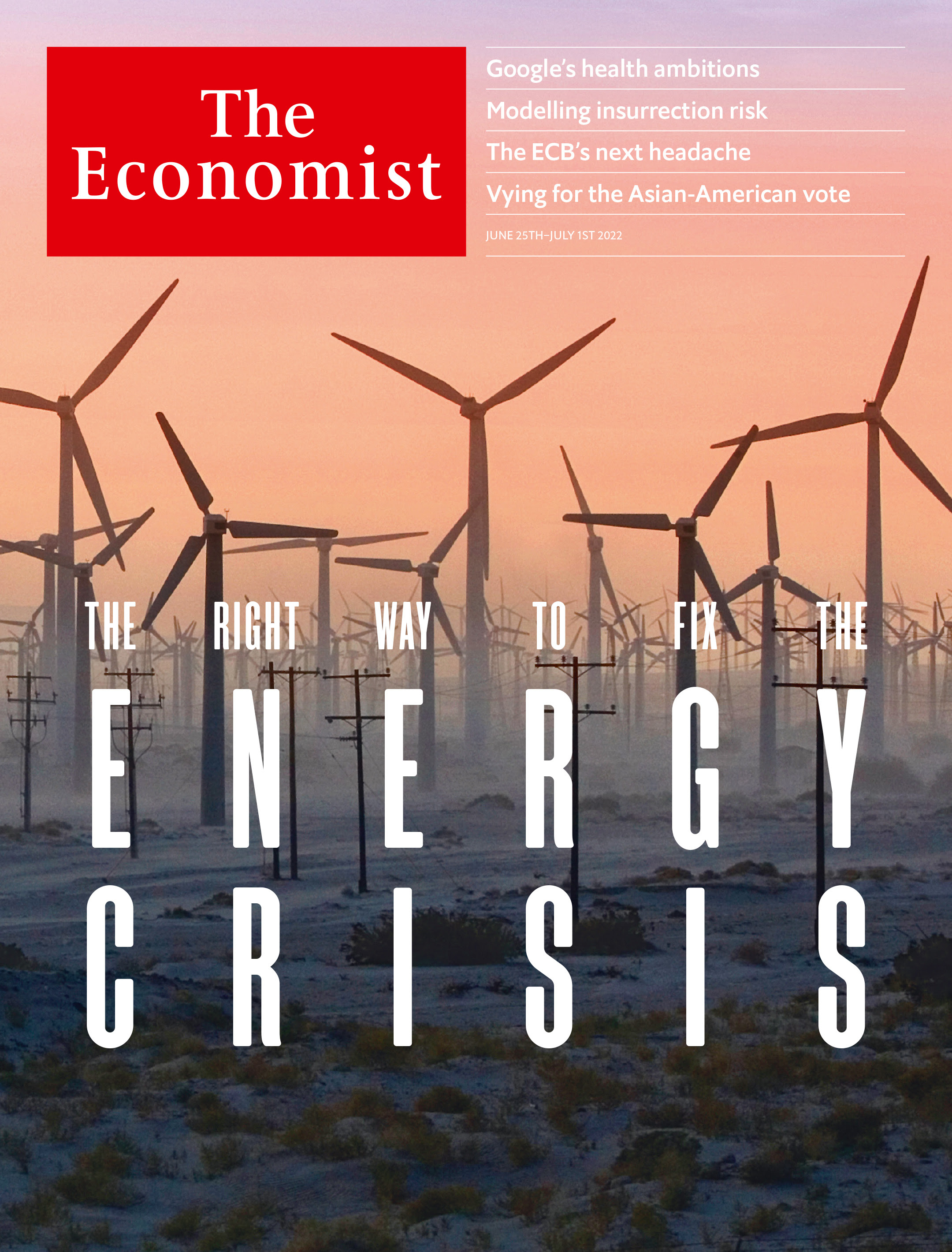Some
of the happiest memories of my time at Tulane University are the magical times
when we would get in the car and drive from New Orleans to Houma, Louisiana. We
would arrive at the house of my Uncle Howard and Aunt Marion. Aunt Marion would
have worked all morning cooking a lovely pork roast with white meat. There
would be excellent vegetables and a salad. It would be a time of warm love and
lively conversations. Each year at this time, Elena and I go to a special
dinner at Pizza Delfina in Palo Alto. You need to sign up and pay in advance.
You eat outside with some bright and lively people. There are wonderful salads
and vegetables. The centerpiece is a beautiful white meat pork roast washed
down with great Italian beer. It is like being back at Aunt Marion's house long
ago. It is a happy time!
After that happiness last night, I
awakened to sadness this morning. The Financial Times of London announced that
progress was not being made in negotiations in Turkey to free up Ukraine grain
for shipment to North Africa and the Middle East. This sets up the real
possibility of hundreds of thousands of people starving to death and many more
suffering painful hunger.
Then I got some sad personal news. Colleen
Roth Moore was a good friend in high school. She stayed interested in all of
us. She would keep in touch with the alumnae of Ross S. Sterling High School.
Each October, she would open her home in Conroe, Texas, for a reunion of Ross
S. Sterling graduates. Colleen seemed to be in good health and just fine. I got
the sad news from her daughter that she had passed away unexpectedly. In the
original ending of the movie "Blade Runner" from 1986, Harrison Ford
and Sean Young are riding in a futuristic flying car. Harrison Ford gives a
monologue that ends with these profound words:
"Then none of us knows how much
time we have left."














